We all dream of having smooth, shiny, easy-to-style hair the kind that looks effortlessly healthy. But what if the reason you’re not seeing results from your routine isn’t your hair… it’s your habits?
Every day, we follow routines we believe are helping washing, brushing, styling. But beneath those good intentions, there are small mistakes we make without even realizing it. Over time, they build up. The shine fades. The ends split. Your scalp gets irritated. And your hair just… stops feeling like you.
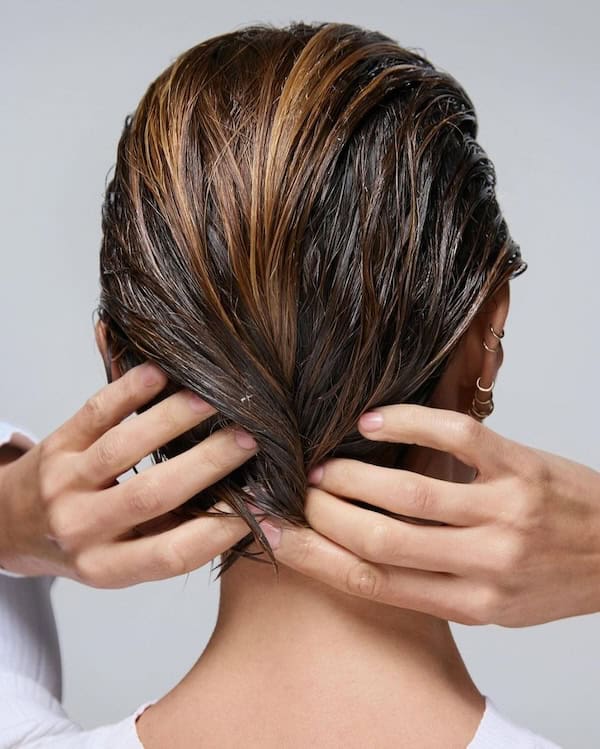
But here’s the truth: hair health isn’t about perfection it’s about knowledge.
The moment you start treating your hair based on what it actually needs not what the label promises, not what trends say everything changes.
In this guide, we’ll walk through 7 of the most common mistakes almost every woman makes with her hair at some point. These aren’t gimmicks they’re simple shifts in how you care for your scalp, your strands, and yourself. Whether you’re dealing with breakage, dullness, or frizz, these expert-backed solutions will help you reverse the damage and start fresh.
Let’s take your hair from tired to thriving one change at a time.
1. Neglecting Your Scalp Health
Healthy hair starts where it grows at the scalp. Yet so many women treat the scalp as an afterthought, focusing all their time and product budget on the hair itself. But here’s the thing: an imbalanced scalp can silently sabotage your hair goals.
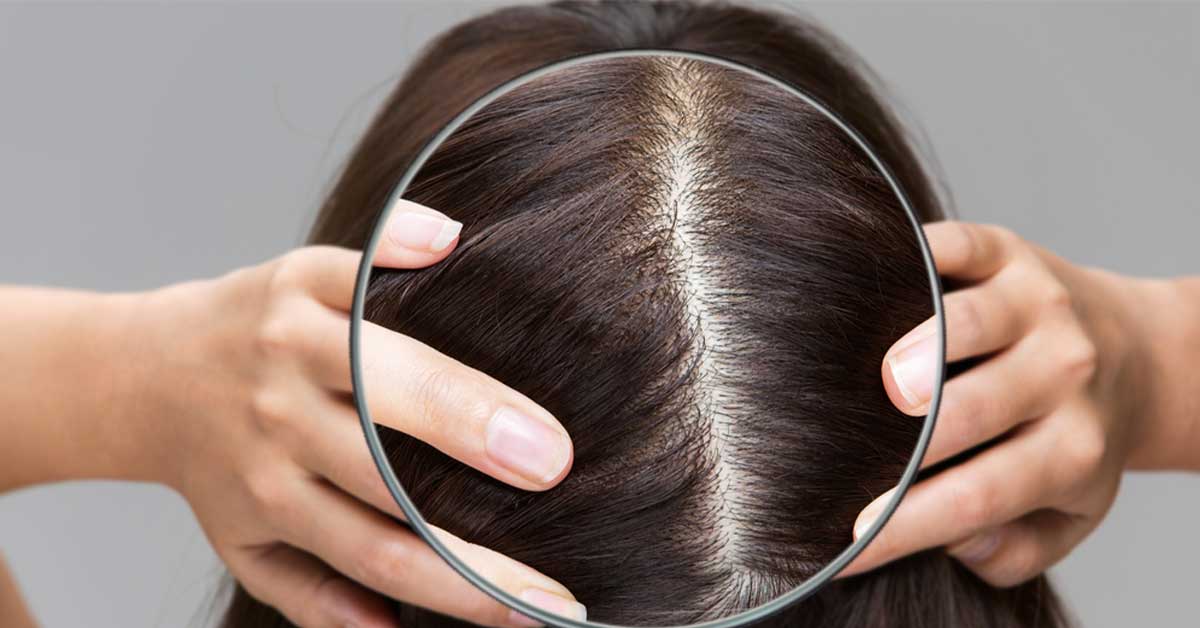
If your scalp is dry, flaky, or clogged, it disrupts the environment your follicles need to thrive. That means slower growth, increased shedding, irritation, and dullness that no amount of conditioner can fix.
What you might be doing wrong:
- Skipping scalp exfoliation
- Using shampoos with harsh sulfates
- Not massaging your scalp during washes
How to fix it:
- Switch to a gentle, sulfate-free shampoo that doesn’t strip your scalp.
- Use your fingertips to gently massage your scalp during every wash — this boosts circulation and helps loosen buildup.
- Once a week, use a scalp scrub or exfoliating treatment to slough off dead skin cells.
- Apply a lightweight, non-comedogenic scalp serum with ingredients like tea tree oil or niacinamide for nourishment.
Remember: your scalp is skin. Treat it as well as you treat your face.
2. Washing Too Often — or Not Enough
Washing your hair may feel like second nature, but how often you do it (and how you do it) plays a major role in your hair’s health. The truth? Both overwashing and underwashing can throw your scalp out of balance and your hair will show it.
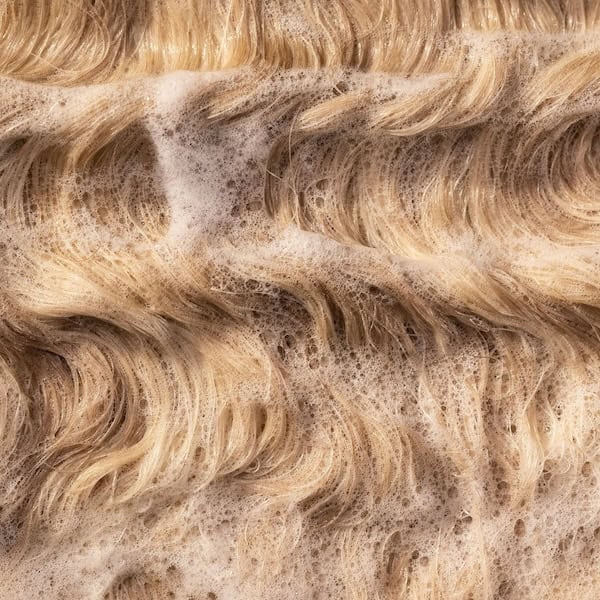
If you wash too often:
- You may strip your scalp of its natural oils, causing dryness, irritation, and even an overproduction of oil to compensate.
- Your ends can become brittle, leading to split ends and frizz.
If you don’t wash often enough:
- Product buildup can clog your hair follicles, leading to slower growth and scalp congestion.
- Your strands can appear flat, greasy, or heavy especially around the roots.
How to find the right wash schedule:
- If you have oily hair or work out frequently, washing 2–3 times a week might be ideal.
- For dry, curly, or color-treated hair, once or twice a week is often enough.
- Use a dry shampoo in between washes to absorb oil and refresh your style.
Smart washing habits:
- Always rinse thoroughly leftover shampoo or conditioner can cause buildup.
- Avoid super hot water lukewarm is gentler and helps retain moisture.
- Choose sulfate-free, pH-balanced shampoos that cleanse without stripping.
Your hair doesn’t need more washing — it needs better washing.
3. Ignoring Your Hair Type and Texture
You wouldn’t wear shoes that don’t fit your feet so why use products that don’t match your hair? One of the most overlooked causes of hair frustration is not understanding your hair’s unique type and texture.
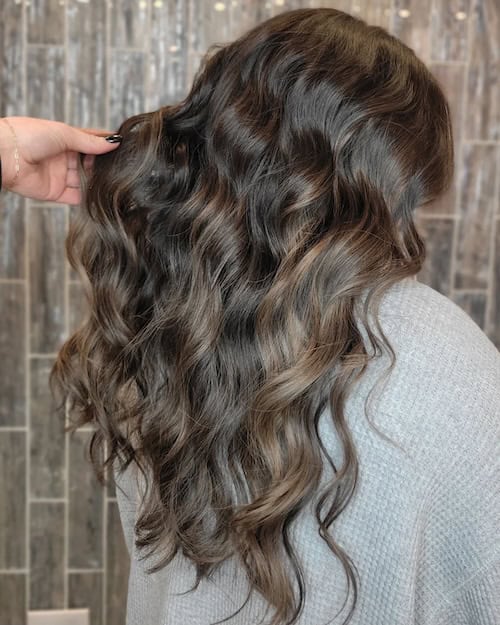
Why it matters:
- Fine, straight hair has different needs than thick, curly hair.
- Using heavy products on thin hair can make it limp and greasy.
- Skipping moisture on curls leads to frizz, dryness, and breakage.
Common signs you’re using the wrong products:
- Your hair feels weighed down or sticky.
- You can’t get volume no matter how you style it.
- You’re battling frizz or dryness that won’t go away.
How to get it right:
- Learn your hair’s structure: Is it fine, medium, or coarse? Straight, wavy, curly, or coily?
- Choose products formulated for your hair type — not someone else’s routine from social media.
- Pay attention to ingredient labels. Fine hair usually does better with lightweight, protein-rich products, while dry or curly textures thrive on moisture-rich ingredients like shea butter or aloe vera.
The better you understand your strands, the better your products can serve them.
4. Skipping Heat Protection
You wouldn’t use a flat iron on your favorite silk blouse so why do it to your hair? One of the easiest yet most damaging mistakes people make is skipping heat protection before styling.
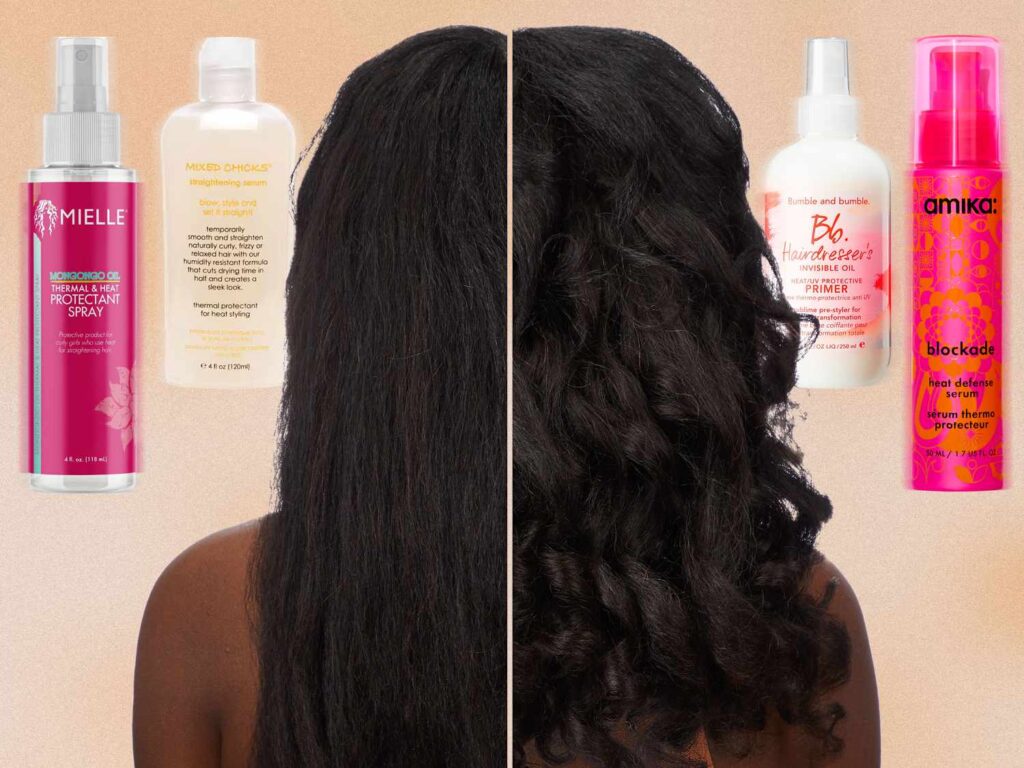
Blow dryers, curling irons, and flat irons can reach temperatures of over 400°F. Without a barrier, that heat penetrates the hair shaft, stripping moisture, weakening protein bonds, and leaving your strands prone to breakage, frizz, and split ends.
Signs you’re not protecting your hair enough:
- Your hair feels dry and straw-like after styling
- You notice more breakage or split ends, especially around the front
- Your color fades quickly
How to prevent heat damage:
- Always apply a heat protectant spray, cream, or serum before using hot tools.
- Focus on the mid-lengths and ends — these are the most fragile parts.
- Let the product dry before using heat to avoid sizzling.
- Use the lowest temperature setting that gets the job done, especially if your hair is fine or color-treated.
Bonus tip: Many heat protectants also offer UV protection and shine-boosting ingredients — so you’re getting style and care in one step.
Protect first, style second — your future hair will thank you.
5. Overusing Heat Styling Tools
Even if you’re using heat protectant, relying on hot tools day after day can take a toll. Flat irons, curling wands, and blow dryers deliver fast results — but repeated exposure to high heat weakens the hair’s natural structure over time.
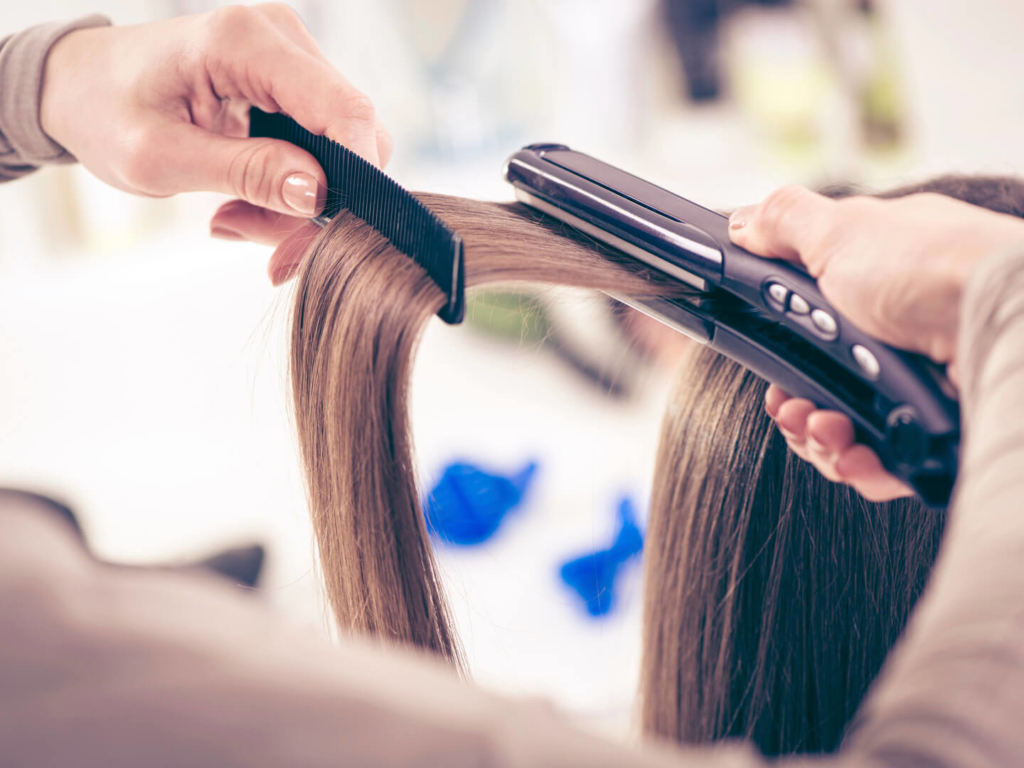
What too much heat does to your hair:
- Breaks down keratin proteins — the very building blocks of your strands
- Causes dryness, split ends, and a brittle, fragile texture
- Leads to color fading and dullness in dyed or highlighted hair
How to scale back safely:
- Embrace heat-free styles a few days a week — try braids, buns, claw clips, or overnight waves.
- Let your hair air-dry at least partially before using a blow dryer.
- Invest in high-quality tools with adjustable heat settings and ceramic plates — and keep temperatures under 350°F when possible.
Styling tip: Use styling creams or light hold mousse to encourage natural texture without relying on hot tools. A few days off can make a visible difference in softness and bounce.
Your tools should serve your style not sabotage it.
6. Overusing Chemical Relaxers or Straightening Treatments
Relaxers and chemical straightening treatments can create sleek, polished styles — but when overused or applied incorrectly, they can lead to serious damage. These treatments alter your hair’s structure to make it straighter, but in doing so, they also weaken the bonds that give your hair strength and elasticity.
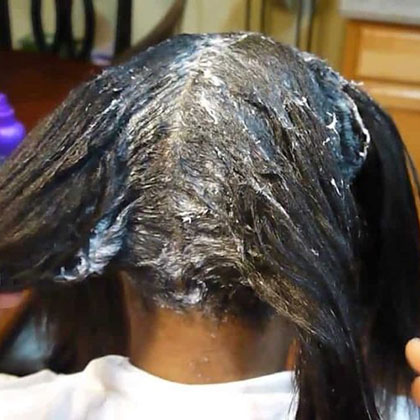
What happens with overuse:
- Hair becomes dry, brittle, and prone to breakage.
- The scalp may become irritated or even develop sores.
- You may notice thinning at the roots or excessive shedding.
Warning signs to watch for:
- Hair feels weak or gummy when wet
- Difficulty holding styles or volume
- Sudden increase in breakage or thinning, especially around the crown and hairline
How to relax your hair without ruining it:
- Always get relaxers applied by a licensed, experienced stylist — never DIY.
- Space your treatments at least 8–10 weeks apart.
- Avoid overlapping applications on already relaxed hair.
- Use bond-building and deep conditioning treatments weekly to restore protein and moisture.
- Reduce other forms of stress on your hair (like heat styling) between relaxer sessions.
Straight hair doesn’t have to mean stressed hair. Treat it gently and it will reward you with strength and shine.
7. Frequent Chemical Coloring Without Recovery Time
Changing your hair color can be fun and empowering — but doing it too often can quietly drain your hair’s health. Whether it’s bleaching, high-lift highlights, or root touch-ups every few weeks, frequent exposure to chemicals can weaken the very structure of your strands.

What happens when you color too often:
- Hair becomes dry, porous, and prone to breakage
- Color fades faster, leaving your hair dull or brassy
- Your ends begin to split or tangle easily
Signs your hair needs a break:
- It feels rough or gummy when wet
- You notice shedding or thinning that wasn’t there before
- Your usual products no longer make your hair feel soft
How to protect your color and your hair:
- Space out coloring appointments — aim for 6–8 weeks between full treatments
- Use color-safe, sulfate-free shampoos to preserve pigment and hydration
- Deep condition weekly to replenish lost moisture
- Consider gloss treatments or color-depositing conditioners to refresh tone without reprocessing
Want longer-lasting color? Focus on stronger, healthier hair. The better your hair’s condition, the better it holds and reflects your color.
Final Thoughts: Healthy Hair Begins With Smarter Habits
You don’t need a shelf full of expensive products or a complicated 10-step routine to have healthier hair. What you need is understanding — of your scalp, your strands, your tools, and your timing.
Avoiding these seven common mistakes doesn’t mean overhauling your life — it means making better, gentler choices day by day. Because when you care for your hair from the root up, the results speak for themselves: stronger strands, less breakage, more shine, and hair that truly feels like you again.
Q: How do I know if my hair is damaged?
A: If your hair feels dry, breaks easily, tangles constantly, or lacks shine — it’s likely damaged. The texture when wet (stretchy or rough) is another sign.
Q: Can damaged hair be repaired without cutting it?
A: You can’t “heal” split ends, but you can prevent more damage with bond-builders, deep conditioners, and reducing heat and chemicals.
Q: Is it okay to color and heat-style at the same time?
A: It’s best to space them out. If you must do both, use heat protectant and bond-repair treatments to minimize stress.



5 Comments